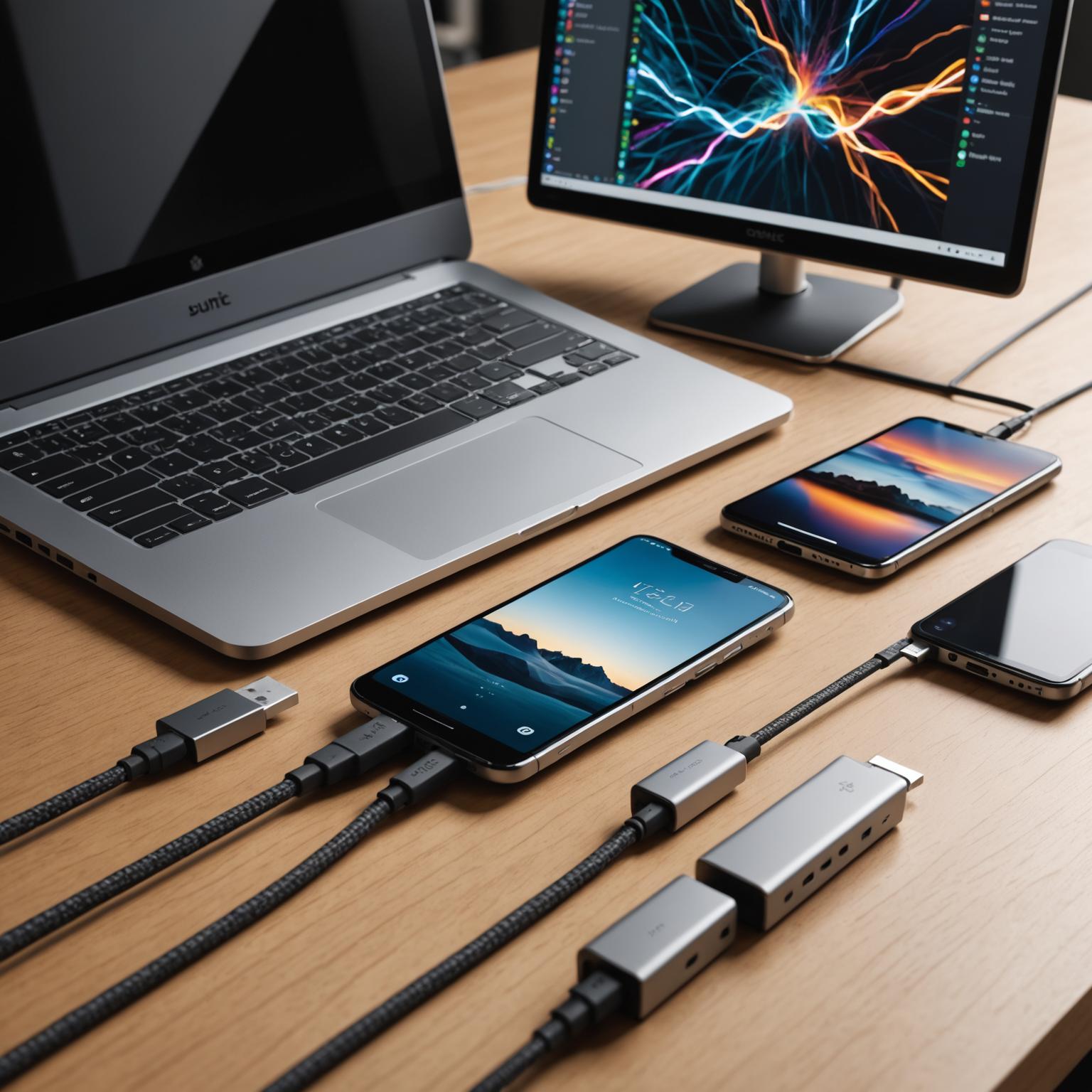This is our independent website, you can check out our products.https://pjcases.com
The modern digital landscape has been largely defined by the universal adoption of the type-c data cable. This single, versatile connector has rapidly replaced a myriad of older proprietary and standard ports on devices ranging from smartphones and tablets to high-performance laptops and peripherals. Its most celebrated feature is the symmetrical, reversible design, which eliminates the frustration of incorrect plug orientation. However, the true technical prowess of this standard goes far beyond mere convenience, encompassing unprecedented speeds for data transfer, robust power delivery, and unparalleled versatility in connectivity.

Understanding the Technical Specifications of a USB Type-C Cable
A deep dive into the connector reveals a sophisticated 24-pin architecture, a significant leap from the 4 pins of USB-A or 5 pins of Micro-B. This complex arrangement is the key to its advanced functionality. The pins are arranged symmetrically on both sides of the central tongue, enabling the reversible connection. These pins are designated for various functions, including high-speed data lanes (SuperSpeed pairs), legacy D+/D- pins for backward compatibility with USB 2.0, configuration channel (CC) pins for negotiating power and modes, and power/ground pins. It is crucial to understand that while we often use the term USB Type-C cable, this name strictly refers to the physical connector. The actual performance in terms of data speed and power is dictated by the underlying protocol the cable is built to support, such as USB 3.2 or Thunderbolt 4.
Data Transfer Speeds and Power Delivery Capabilities
The Type-C connector is a conduit for a wide spectrum of data transfer protocols. A basic cable might only support USB 2.0 speeds (480 Mbps), while more advanced cables can handle USB 3.2 Gen 2×2 (20 Gbps) or even USB4 and Thunderbolt 4 (40 Gbps). This massive bandwidth allows for the transfer of massive files, such as 4K video projects, in a matter of seconds. Equally revolutionary is the USB Power Delivery (PD) specification. Through the CC pin, the cable facilitates a complex negotiation between the power source and the connected device. This allows for dynamic power delivery, scaling from a few watts for a smartphone to up to 240W (with the latest PD 3.1 revision), which is more than enough to charge demanding gaming laptops and power multi-port docking stations, all through a single, slender cable.
Specialized Connectors: The Role of a Type-C Female to Male Cable
While most applications involve a standard male-to-male cable, specific scenarios call for a Type-C female to male cable. This type of cable functions as an extension, providing extra length when a device’s built-in port is inconveniently located or when a connected hub needs to be positioned further away from the host computer. However, using extension cables comes with technical caveats. Extending the length of a high-speed data cable can introduce signal degradation and attenuation, potentially lowering data transfer speeds and an unstable connection. For a Type-C female to male cable to work effectively, especially with high-resolution –displays or high-speed data, it must be of high quality with excellent shielding and construction to preserve signal integrity and reliably pass the full power negotiated by the PD protocol.
Beyond Data and Power: Alternate Modes Explained
One of the most powerful yet often overlooked technical features of the type-c data cable is its support for Alternate Modes, or ‘Alt Modes’. This capability allows the connector to carry non-USB data protocols directly over its pins. Essentially, the CC pin negotiation allows the cable to switch some of its high-speed lanes from carrying USB data to carrying native video signals like DisplayPort (DP Alt Mode) or HDMI (HDMI Alt Mode). This is the technology that enables you to connect a laptop to a 4K monitor using a single USB Type-C cable, transmitting video, audio, and USB data while also receiving power to charge the laptop. This functionality solidifies the Type-C port as a true all-in-one solution, capable of replacing dedicated video ports and streamlining device connectivity.
Choosing the Right Cable for Your Needs
Navigating the world of Type-C cables requires a clear understanding that the connector shape does not define its capabilities. When purchasing a new USB Type-C cable, it is vital to scrutinize its technical specifications. Determine if you need high-speed data transfer (look for USB 3.2, USB4, or Thunderbolt logos and speed ratings), high-wattage power delivery (check the PD wattage rating, e.g., 100W or 240W), or video output (ensure it supports DP Alt Mode). For a reliable and safe experience, look for cables that are certified by the USB Implementers Forum (USB-IF). This certification ensures the cable has been tested to meet the strict standards for performance and safety, guaranteeing it will function as advertised and protect your valuable electronics.
